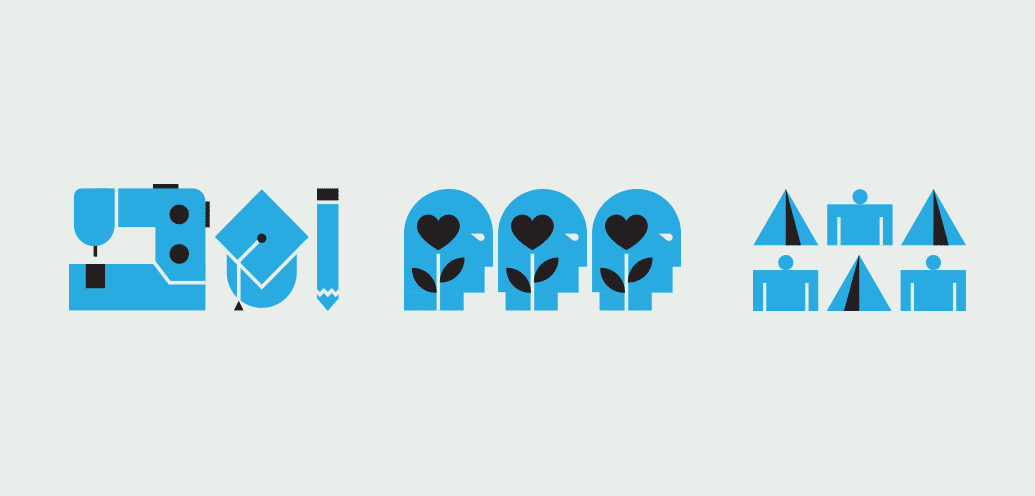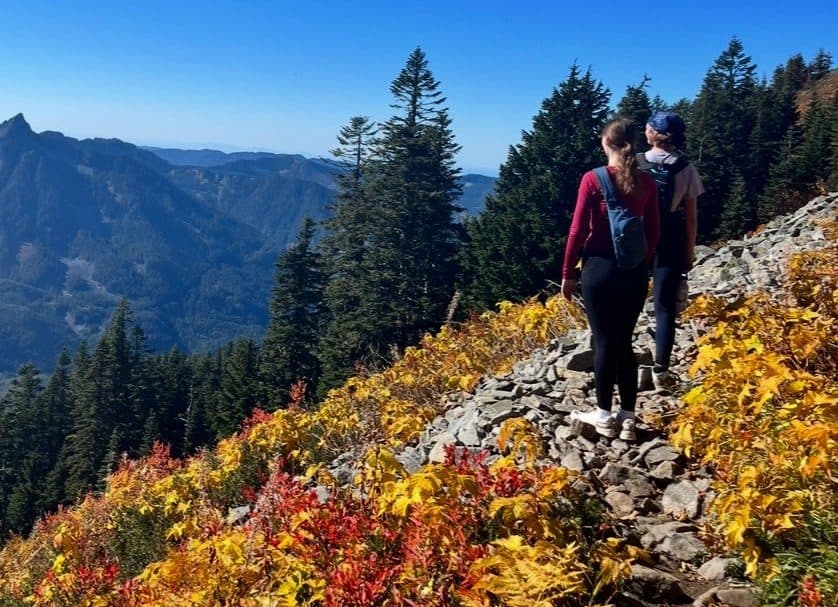SPU is ranked a best national university by U.S. News & World Report in part due to our commitment to producing research. Here’s a sampling of recently published research by Seattle Pacific University faculty, often in collaboration with graduate and undergraduate students.

FINDING STRENGTH IN PAIN
Positive outcomes after tragedy
After a traumatic event, people may experience post-traumatic symptoms such as distressing memories and anxiety. Some people also report post-traumatic growth, viewing themselves as stronger, more in touch with their values, and appreciating life more. A community’s supportive response to a tragedy might even trigger moral elevation, the feeling of being uplifted and motivated to help others after witnessing acts of courage or kindness.
SPU graduate students Jamie Tingey, Adam McGuire, and Oxana Stebbins, under the mentorship of Associate Professor of Clinical Psychology Thane Erickson, authored the first study examining whether moral elevation and supporting others contribute to post-traumatic growth.
Students, faculty, and staff at SPU completed surveys four and eight months after the 2014 campus shooting. Erickson’s team’s article, “Moral elevation and compassionate goals predict post-traumatic growth in the context of a college shooting” was published in the Journal of Positive Psychology and showed those who perceived higher support from others felt more elevated and had greater post-traumatic growth. Those who reported supporting others — not just receiving support — also felt higher levels of post-traumatic growth.
These findings clarify how people can use traumatic experiences as opportunities.

PATCHING HOLES IN APPAREL EDUCATION
Preparing students for global industry
Mongolia has robust cashmere and natural fiber manufacturing industries, and as a result, an increasing number of Mongolian university students want to pursue fashion careers. However, there is a gap between the skills employers value and employee competencies.
To bridge that gap, Professor of Apparel Design and Merchandising Jaeil Lee and her colleagues assessed the current textile and apparel curriculum at higher education institutions in Mongolia from both academic and industrial points of view. She interviewed Mongolian professors and industry professionals.
Their research paper, “Exploration of Textiles and Apparel Curriculum in Mongolia from the Academia and Industry Perspectives,” was published in Family and Consumer Sciences Research Journal.
They found four curriculum gaps: fashion marketing and business; knitwear design and product development; professional development; and entrepreneurship. Industry professionals also strongly emphasized the importance of soft skills, including communication and teamwork. The authors suggested adding courses based on curriculum guidelines of the International Textiles and Apparel Association so that Mongolia (and other developing countries) might become more competitive in the global textiles and apparel market.

BUILDING COMMUNITY OUTSIDE THE CLASSROOM
Transformed by community interaction
Seattle Pacific hosted a homeless encampment (Tent City 3) in the winters of 2012, 2015, and 2018.
The presence of TC3 provided an opportunity for students to engage with issues of poverty and inequality. Building from a service-learning model, Professor of Sociology Jennifer McKinney and Associate Professor of Sociology Karen Snedker devised coursework around homelessness and applied research. Students took courses to learn about homelessness and sociological research methods, collecting field observations and conducting interviews with TC3 residents.
In their Teaching Sociology article, “Hosting a Tent City: Student Engagement and Homelessness,” McKinney and Snedker found that, over the course of the classes, student stereotypes were challenged and the social distance between students and people who were homeless significantly decreased.
“The project allowed students to use their sociological imaginations along with applying the tools of social science,” say McKinney and Snedker. “There is great potential in addressing complex social problems, such as homelessness, through this type of educational experience.”
Students reported being transformed by learning about and interacting with the tent city residents, reinforcing the idea that exposure to homelessness through faculty-guided research can foster social change.




